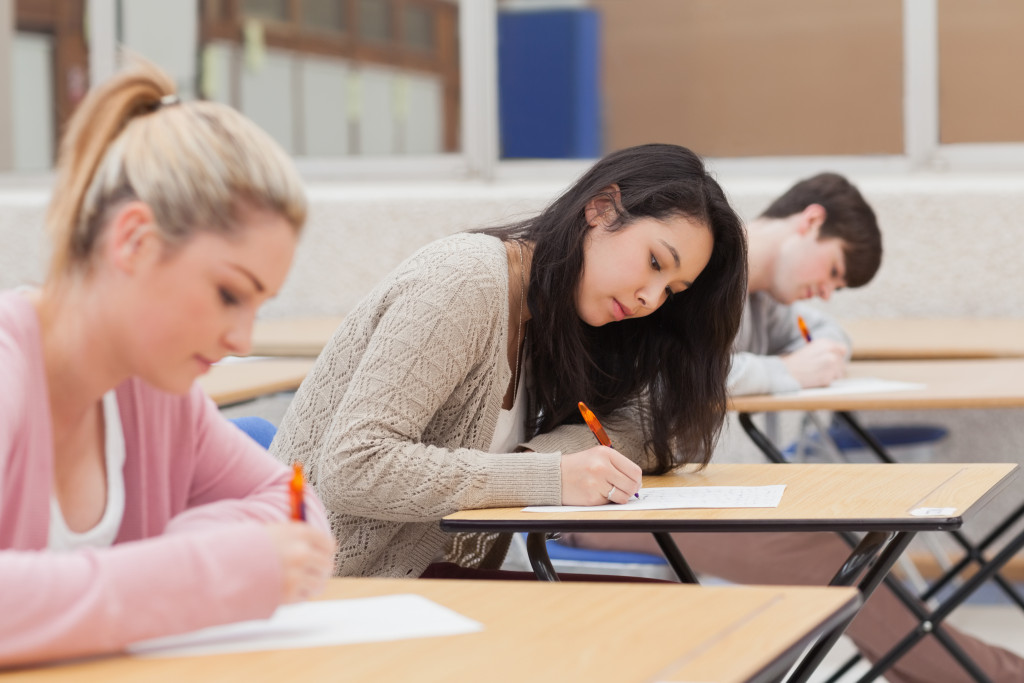Since the early days of spring, most public establishments and industries have crawled to a halt, especially since most of these businesses are susceptible to transmissions of COVID-19. The first few months of the pandemic have been quite tumultuous for these organizations, and most drastic changes needed to be made when it came to rules, regulations, and policies.
As days turned to months, most medical practitioners and educators would say that these closures are ultimately detrimental to the educational system. Thus, these educational institutions will need to find unique teaching children, as continued closures can limit children’s opportunities.
According to an open letter by the UK’s Royal College of Paediatrics and Child Health, virtual and remote education pales compared to “real” and traditional means of education. Most parents are left juggling between their work and taking care of their children’s health.
Adapting and Re-opening
As most development and research centres are racing towards a vaccine for the particularly contagious disease, much of the public’s confidence in re-opening has been relatively high. As more and more educational institutions re-open in different countries worldwide, there’s bound to be even more foot traffic for establishments. This can often lead to a cascade of individuals seeing others going out of their homes and conforming to others’ actions.
Still, many of these schools’ main concern is managing the amount of foot traffic in and out of university premises. Sure, some schools might opt to use remote and contactless learning through online classes. Still, most would say that children are better off with a mix of physical and online courses to optimize learning and productivity.
Fortunately, there are a variety of unique strategies that educational institutes have been incorporating.

Small-Scale Learning
A variety of educational systems from countries like South Africa, Israel, and Scandinavian nations like Finland have been showing success with a combination of keeping students in small groups, having them require masks, and ensuring that they follow social distancing regulations.
Much of the data would suggest that young children are less likely to spread the virus at home and in communities. This makes small-scale learning an effective means of learning while keeping risks at a minimum.
Although the risk of getting infected by the virus is still there, most experts would postulate that the benefits of attending school outweigh the risks. Nevertheless, these are for communities where the likelihood for infection is low and deemed safe enough for school.
Co-curricular Activities
Besides just lessons related to the curriculum, students will also need to learn hobbies, interests, and skills through co-curricular activities. Several Asian countries are gradually bringing back Co-curricular activities (CCA). In country-states like Singapore, the Ministry of Education has announced that most educational institutes will be bringing back co-curricular activities with CCA teachers’ supervision through digital means.
Several top international schools pride themselves on state-of-the-art facilities for sports, drama, and the arts to ensure that all students will get the best benefits out of the educational system. Not only are schools limited to the digital platform, but face-to-face activities are permitted at the class level. Still, some rules and restrictions need to be met to minimize students’ intermingling and reduce contact.
There are several approaches and strategies in the re-opening process. But even though it might seem like businesses, industries, and most of the public are now opening up for more foot traffic, it’s still important to remember that we should always abide by rules and regulations to keep everyone safe.

